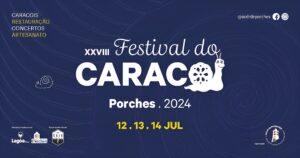
Monchique is a small town situated uphill, 84 km from Faro and around 900 m above sea level between the two highest hills in the Algarve, Fóia (also known as Serra de Monchique with 902 m) and Picota (the 2nd tallest with 774 m). This town is perfect for a short relaxation with lunch on the terrace of a restaurant after you take a look at the local craftsmen’s workshops as well.
Monchique is also regarded as the “Algarve Garden” because of its subtropical and humid climate, which allows the growth of unique types of vegetation, such as the exotic and rare Carvalho de Monchique, a unique type of oak tree that only grows in these hills. But there are also many forests with eucalyptus trees.

Caldas de Monchique
Close to the city of Monchique, it is highly recommended that you stop at Caldas de Monchique, nestled in a scenic valley of the Serra de Monchique. This is home to highly alkaline and fluoride-rich thermal springs. This warm medicinal water has been visited by many since Roman times. Its reputation was not damaged by the fact that II. Joao died in 1495 shortly after drinking from it.
In the summer months, people with skin diseases and digestive and rheumatic ailments visit here.
In addition to spring water, the bar also serves local spirits, medronho. There is also a craft shop in the main square.
Rich in fluorine, bicarbonate, and sodium, this water is particularly indicated for Respiratory Tract Disorders and musculoskeletal Disorders, also allowing for Beauty Treatments.
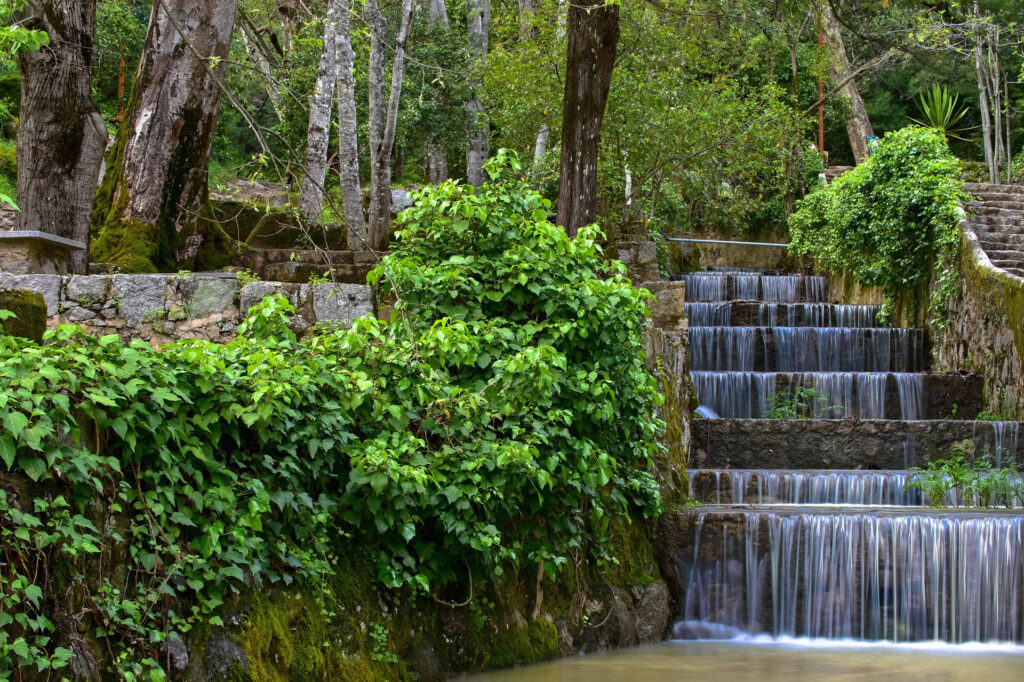
You can find here the Parque Fonte dos Amores (Fountain of Lovers Park) and the Capela de Santa Teresa (Chapel of Santa Teresa) features 1700s tile panels.
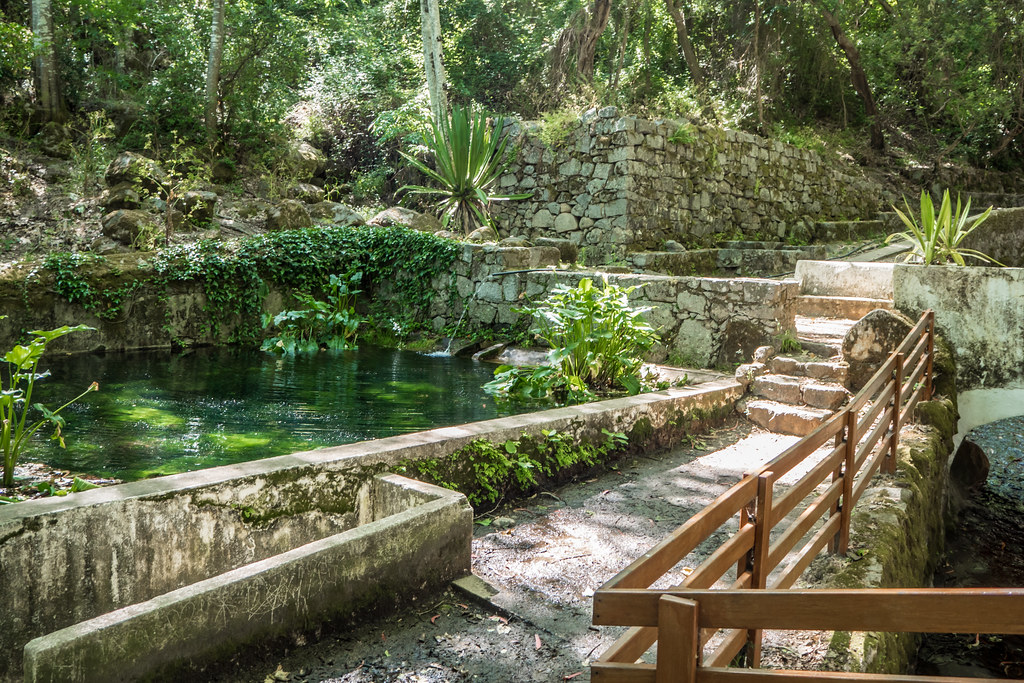

Luxury hotels and restaurants with alfresco seating offer panoramic mountain views.
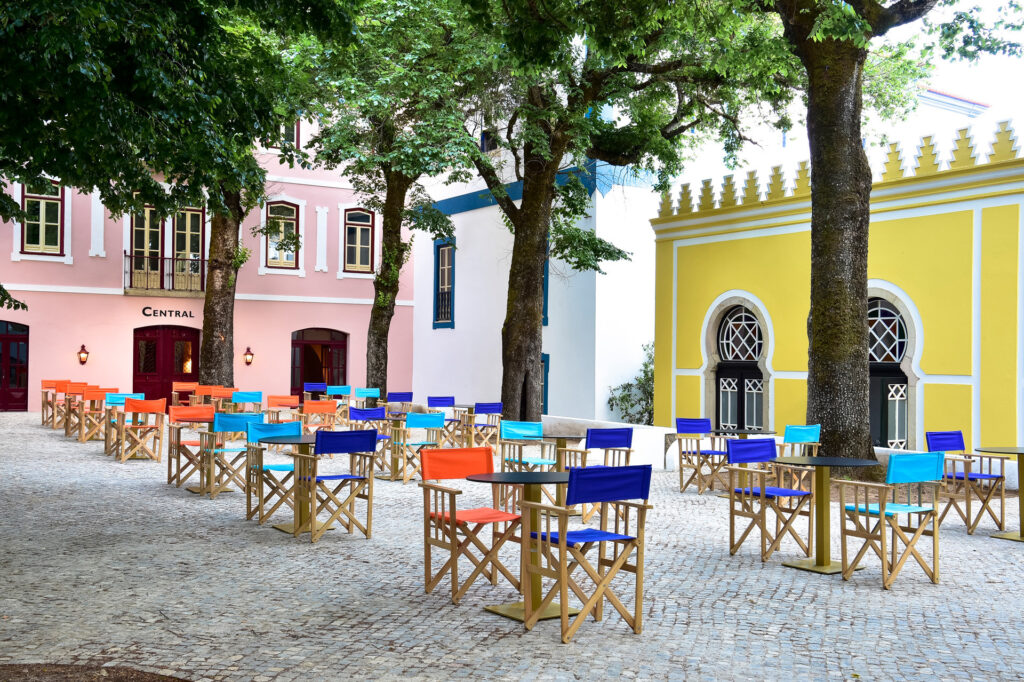
Things to do in Monchique
- Hiking in Monchique
Hiking around Monchique is probably the best way to take in the beautiful views. There are a number of routes to hike whilst visiting the Serra de Monchique mountain range, a popular one being from Monchique to Foia (the highest point in the Algarve). The hike is roughly around 12 km (6 km each way) in total and takes about 6 hours. You will experience the Algarvian vegetation along this route such as rockrose bushes, gorse, junipers, and Pontian rhododendron (this is indigenous to the Serra de Monchique.)
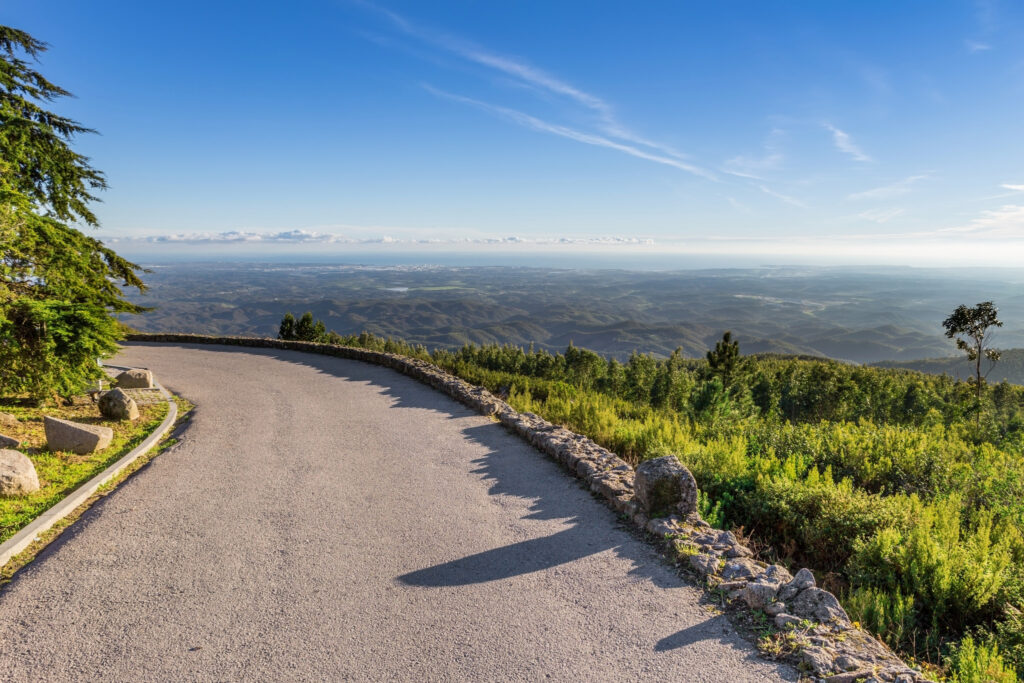
Another popular hiking trail is the way to Cascata do Barbelote (Barbelote waterfall) which is 3.7 km long and takes roughly 1hr 20 mins. This is a moderate hiking trail that passes through narrow natural paths, abandoned ruins, and dense thorny bushes. All the effort is worth it because, at the end of the hike, you will be welcomed by a beautiful waterfall.
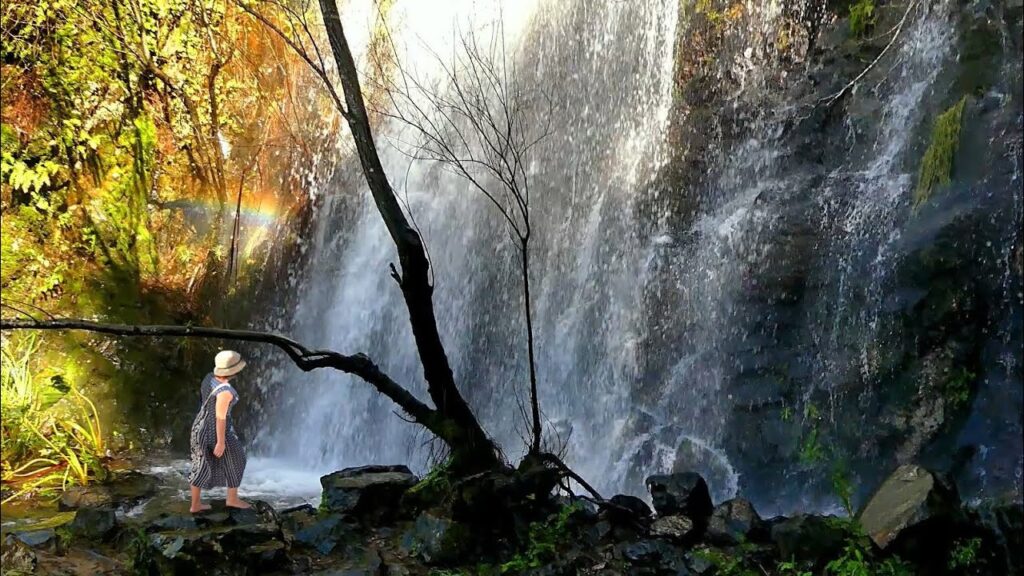
- Healing Thermal Spa
Who doesn’t like to kick back and relax at a spa? In Monchique, you can experience the best healing, spring thermal waters that the Algarve has to offer. Known for treating aching muscles and joints and respiratory disorders, this will be a welcomed visit to all sufferers. The Caldas de Monchique is the only spa in the Algarve that has waters rich in fluoride and bicarbonate resulting in its healing properties. Also used for beauty treatments, these healing waters have superb powers of hydration. Another big attraction is the wooded park that rises up along the hillside. The greenery together with the gentle flowing river and fresh mountain air attract many visitors throughout the year.

- Restaurants with a view
If you’re looking forward to sipping on some tasty Algarvian wine accompanied by a traditional Portuguese dish with a stunning view, then Monchique is the place to go! You are spoilt for choice with the variety of restaurants with views overlooking the breathtaking valleys that lay below. Although there is a lot to choose from, one highly recommended restaurant with a view is Restaurante O Luar da Foia. It has a stunning ocean view over the hills of Monchique. The food is locally sourced that is grilled to perfection creating a scrumptious smoky flavour to fish and meat dishes.

- Moinho de agua do Poucochinho (Poucochinho Water Mill)
This traditional water mill is the only working one in the Monchique district. Tucked away in between the mountains is this little treasure which was fully restored in 2004. The mini waterfall found here flows around moss-covered rocks creating a tranquil environment to enjoy a family picnic whilst listening to the calming, flowing water. This is a perfect location to stop over and enjoy the peaceful surroundings of the Monchique mountains.
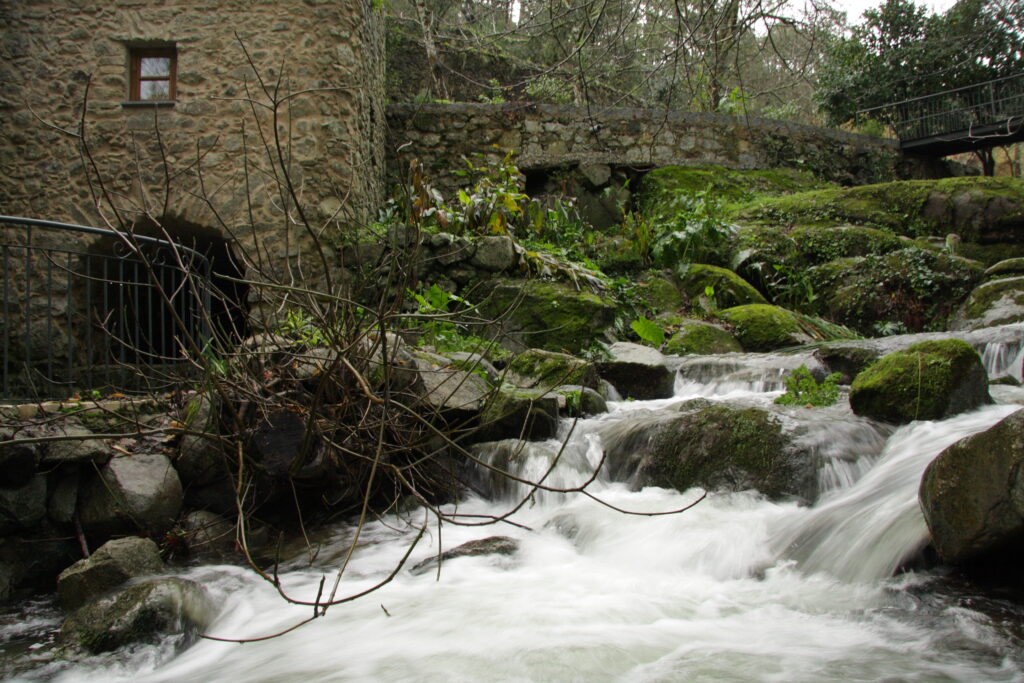
- Best viewing points in Monchique
Fóia is the highest point of the Algarve and Serra de Monchique standing at 902 m high. It is part of the Serra de Monchique mountain range and has some incredible views of the Algarve coastline. The Atlantic Ocean may also be visible on a clear day as well as Lagos and Portimão which both lie to the south. From Fóia, you can enjoy a landscape full of contrasts and an admirable view.

Picota is the second-highest viewing point in Monchique and is 750 m high. This viewing point is peaceful and quiet and the coastline can be spotted all around. You are able to drive up this mountain peak by walking the last 50 minutes. This is a bit of an uphill trek to the peak, but you will be rewarded with breathtaking views when you get there.
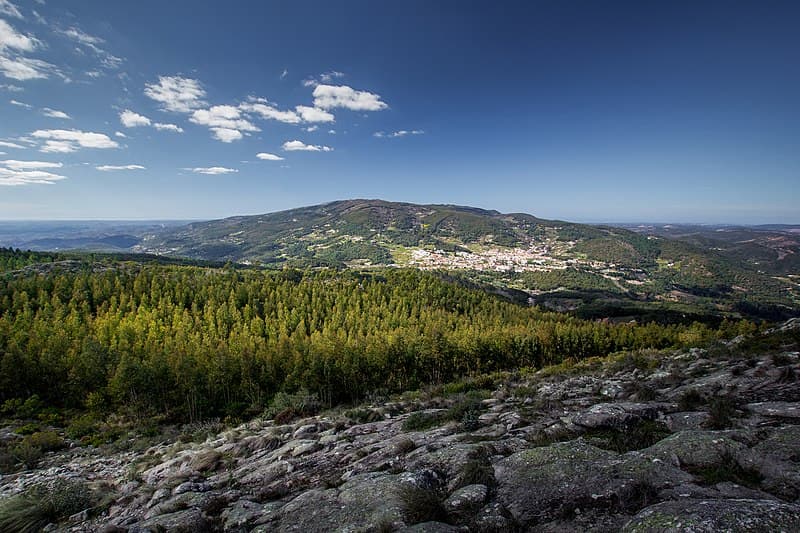
Medronho brandy
Medronho or Arbutus brandy is the ex-libris of distillates in the Algarve. Everything indicates that this brandy began to be produced in an artisanal way, for medicinal purposes, by the Arabs in Monchique, around the 10th century. In 1940 there were 55 stills in Monchique and 3 liqueur merchants (Gascon).
In Greece, brandy is produced under the name koumaro. In Spain, there are also experiments in the production of medronho brandy.
On the Italian island of Sardinia, arbutus brandy is also produced.
Medronho is a plant native to the Mediterranean region and Western Europe. In Portugal can be found throughout the country, but the highest concentration occurs here, in the mountains of Monchique.
It is known that this species appeared tens of millions of years ago before the current climate existed. It grows in regions with a subtropical climate, without winter frosts, without summer dryness, and without large temperature fluctuations and, therefore, has a greater occurrence in regions with similar conditions.
It is a shrub or small evergreen tree that can reach about 6 m in height. It can reach 200 years.
The strawberry tree grows spontaneously, often on stony soils. Tolerant of shading, the strawberry tree likes mild climates, being able to withstand climates with low rainfall and dry summer periods.
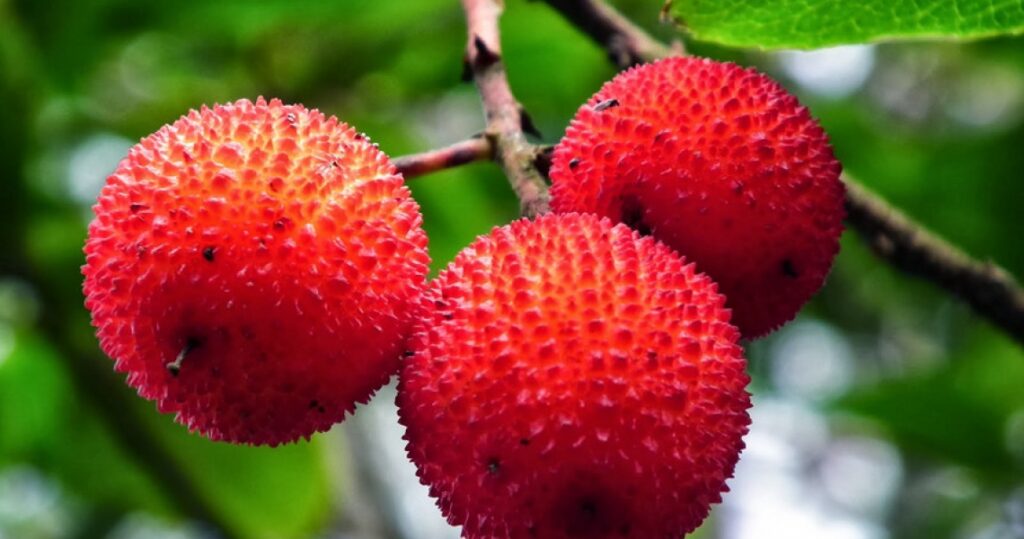
The fruit is a fleshy berry, about 2 to 2.5 cm in diameter, reddish in color when ripe, with small yellow-colored seeds.
It is very popular, especially in the south of Portugal. It is born when the flower appears but it takes a year to mature. A strawberry tree can start bearing fruit around 5 to 6 years old and can produce an average of 10 to 20 kg of fruit per year.
The strawberry tree is resistant to fire, and it can contribute to the pine trees and eucalyptus monocultures prone to fire; for the same reasons, it is a good candidate for reforestation in Mediterranean areas.
The fruit is also used to flavor drinks and jellies.
The leaves are astringent and are used against diarrhea.
And some curiosities!
The strawberry tree began to be considered one of the national symbols of Italy in the 19th century because, with its autumn colors, it resembles the flag of Italy (green for its leaves, white for its flowers, and red for its berries). And another curiosity, the tree forms part of the coat of arms of Madrid: a bear leaning against a strawberry tree trunk and eating the fruit.
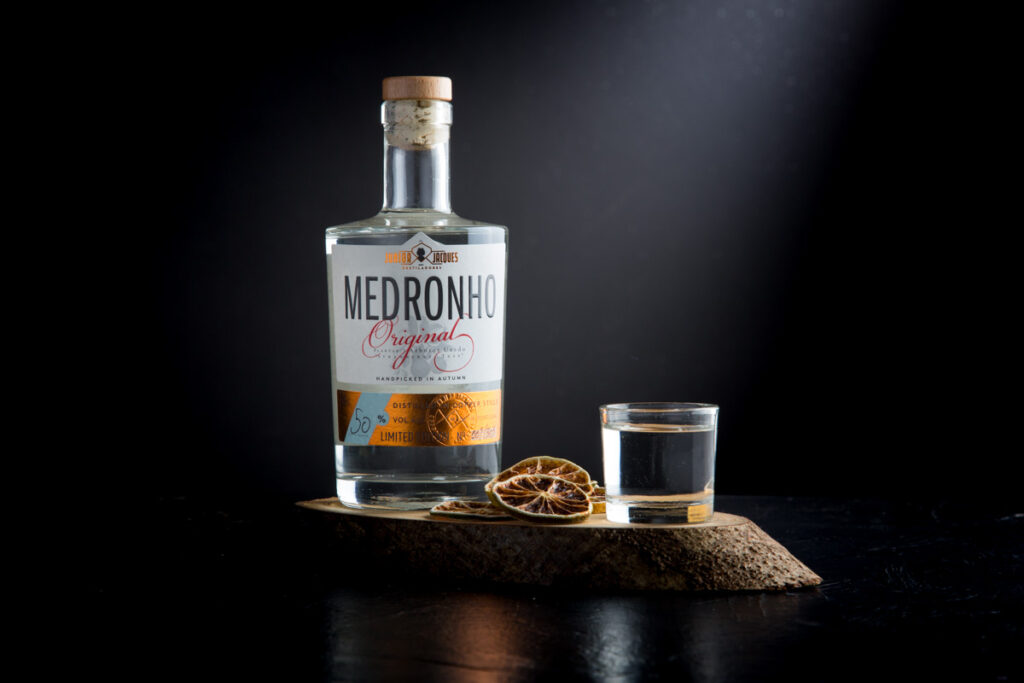
Accommodation in Monchique



